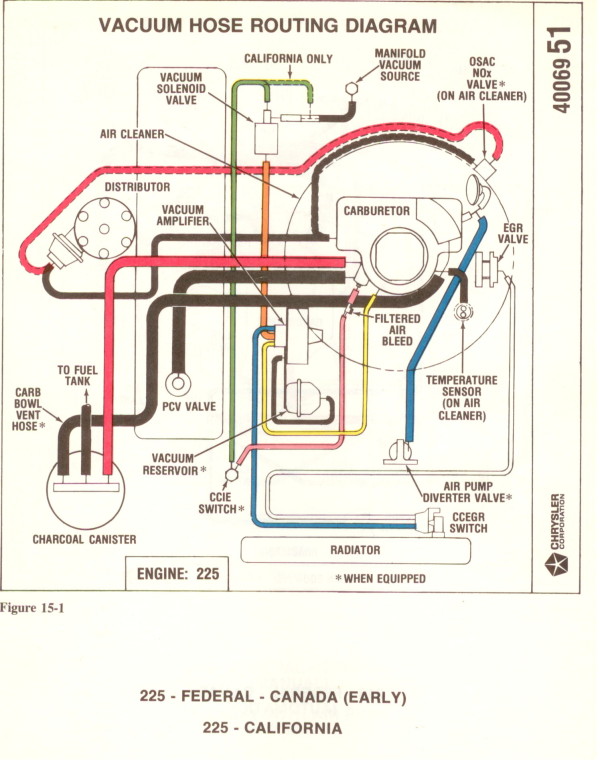1980 truck
When I plug the EGR port on the Holley 1945, I have slight hesitation off idle until she warms up. Then everything is acceptable, probably not perfect tho. When I connect the EGR port to the vacuum amplifier, the hesitation is more pronounced and doesn't go away after coming up to operating temp.
I've played with the timing and mixture screw ad nauseum. Right now I just keep the port plugged. But I'm sure that's hurting my emissions. Whatever works off the vacuum amp is now rendered inop.
When I plug the EGR port on the Holley 1945, I have slight hesitation off idle until she warms up. Then everything is acceptable, probably not perfect tho. When I connect the EGR port to the vacuum amplifier, the hesitation is more pronounced and doesn't go away after coming up to operating temp.
I've played with the timing and mixture screw ad nauseum. Right now I just keep the port plugged. But I'm sure that's hurting my emissions. Whatever works off the vacuum amp is now rendered inop.

















